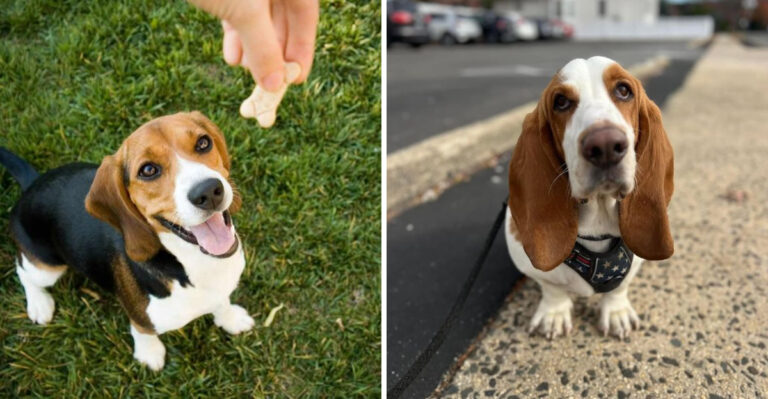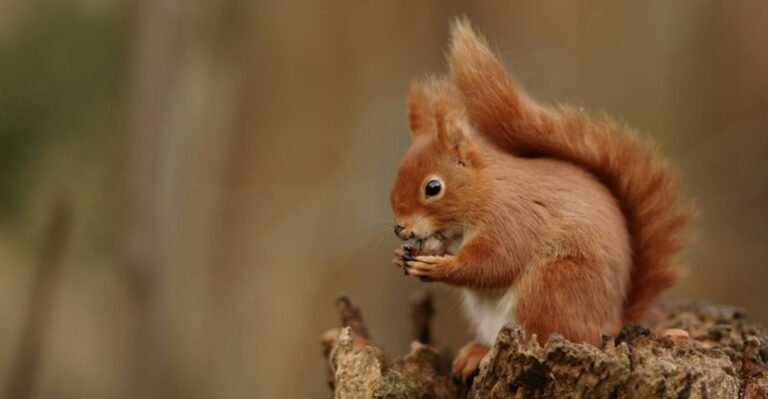14 Dog Breeds That Shouldn’t Be Crossed With A German Shepherd
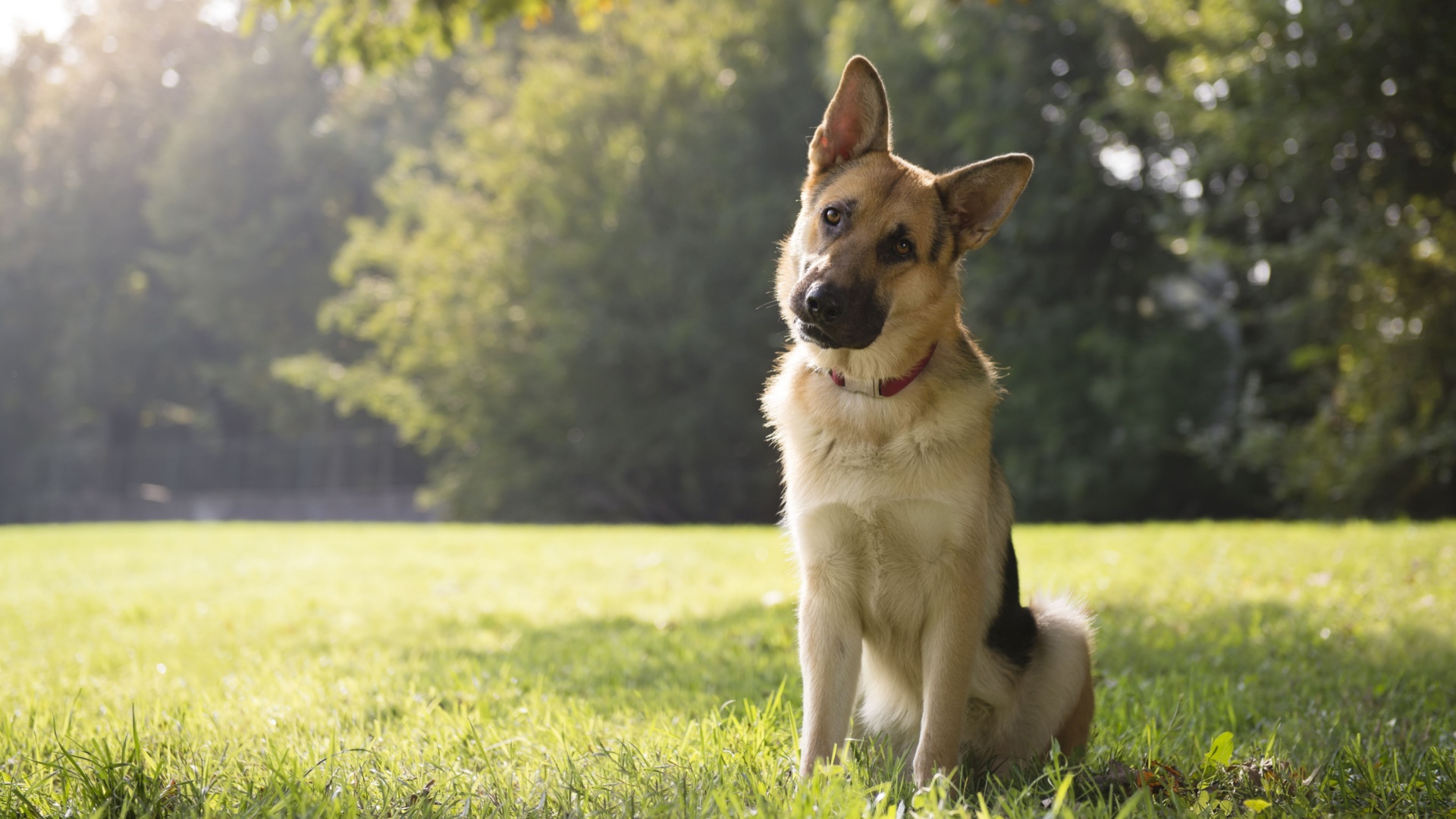
German Shepherds are beloved for their intelligence, loyalty, and versatility as working dogs. But not every canine combination leads to healthy, happy puppies.
Mixing certain breeds with German Shepherds can create dogs with conflicting temperaments, health problems, or physical limitations that affect their quality of life.
1. English Bulldogs: Breathing Battles
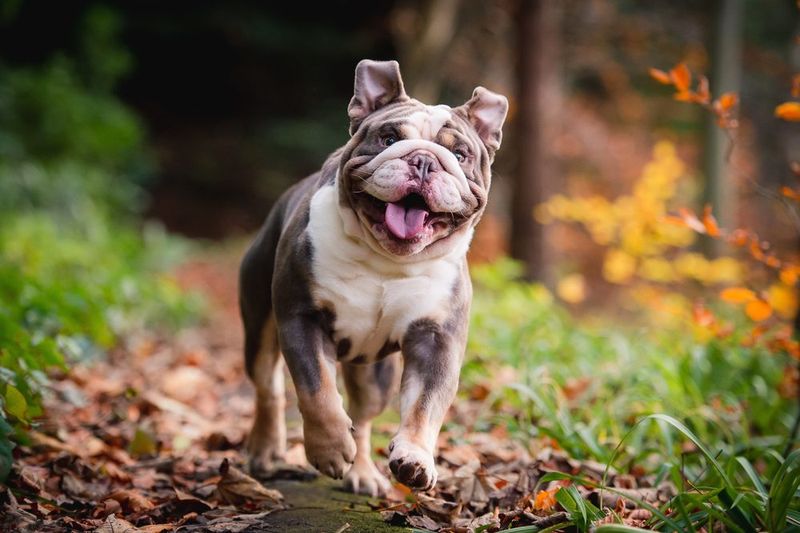
Imagine combining a sleek, athletic shepherd with a flat-faced bulldog! This mix often inherits respiratory issues from the bulldog parent while trying to maintain the shepherd’s active lifestyle.
The resulting pups struggle with overheating during normal play and exercise. Their mismatched body structure frequently leads to joint problems that require expensive veterinary care.
2. Saint Bernards: Size Complications
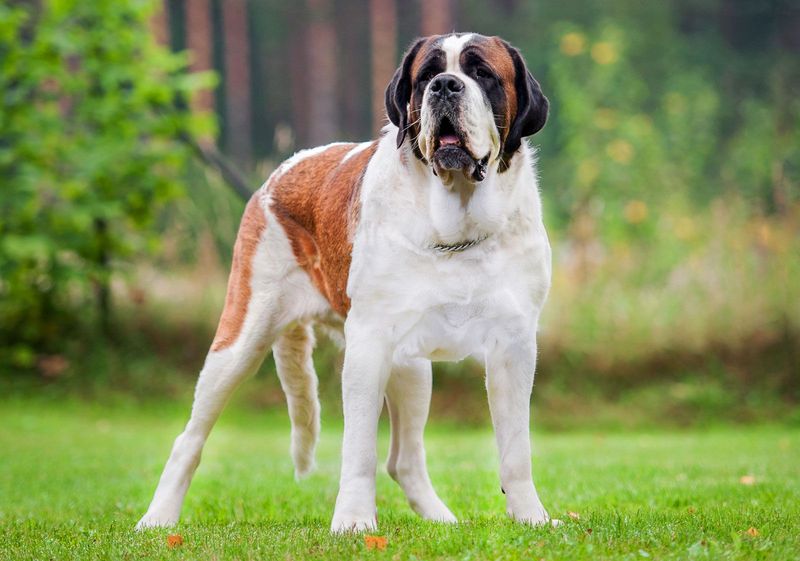
Gentle giants with drool to spare! When crossed with German Shepherds, these mixes often reach massive sizes that combine the worst of both worlds – too heavy for agility work but still filled with working dog energy.
Their enormous frames put excessive stress on joints, leading to early-onset arthritis. The conflicting coat types also create grooming nightmares requiring constant attention.
3. Dachshunds: Back Problems Guaranteed

Talk about an architectural mismatch! The long, low spine of a dachshund combined with a shepherd’s athletic build creates a genetic contradiction that’s asking for trouble.
These unusual mixes inherit conflicting body structures that almost guarantee intervertebral disc disease. The pups often end up with a shepherd’s energy trapped in a body that physically can’t handle the activity level.
4. Pugs: Breathing Meets Boundless Energy

Squished faces and boundless energy don’t mix well! A German Shepherd-Pug cross inherits conflicting traits that leave them perpetually frustrated.
The brachycephalic features from the pug parent create a dog that wants to run and play like a shepherd but physically can’t breathe well enough to do so. This combination leads to chronic respiratory distress and overheating during normal activities.
5. Shih Tzus: Incompatible Temperaments
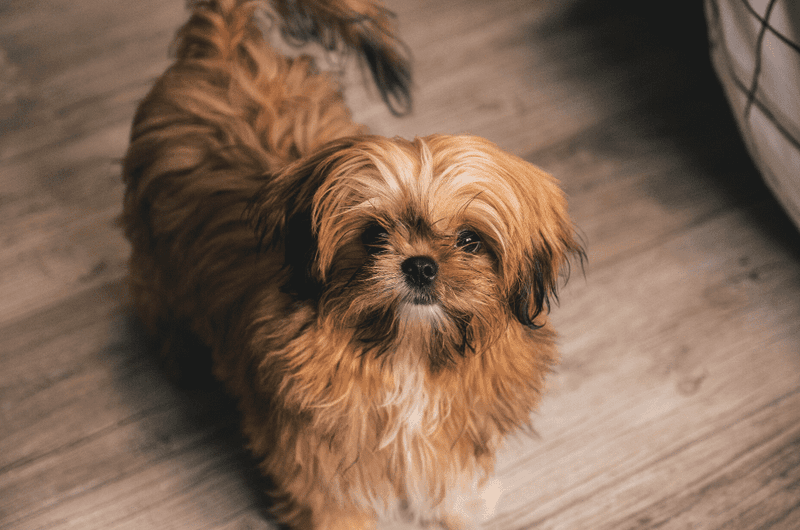
Royal lap dogs meet working police partners! This odd coupling creates pups with deeply conflicting personality traits and physical needs.
The shepherd’s high exercise requirements clash with the Shih Tzu’s more sedentary nature. Their vastly different grooming needs result in a coat that’s neither practical for work nor properly decorative – getting the worst of both genetic lines.
6. Basset Hounds: Energy Level Mismatch
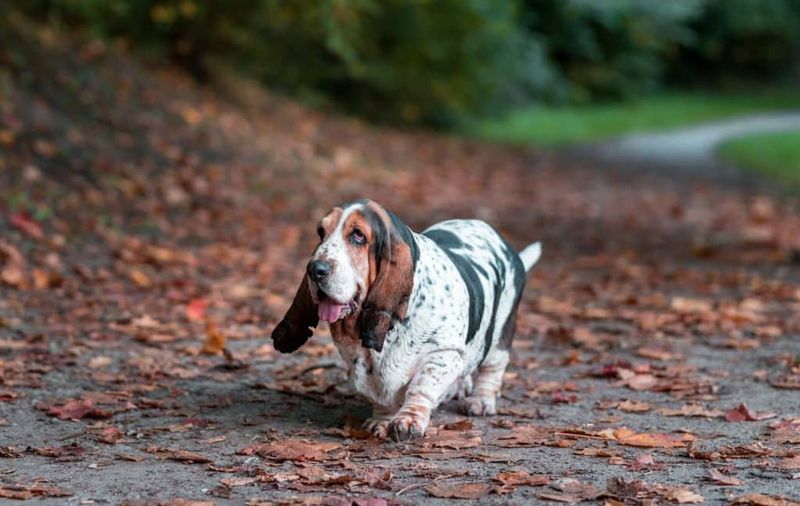
Low-riding scent hounds and high-energy shepherds create a recipe for frustration! These mixes often inherit the shepherd’s drive with the basset’s short legs and heavy bone structure.
The resulting dogs typically experience constant internal conflict between wanting to run and herd versus physical limitations. Their bodies simply aren’t designed to handle the activity their minds crave, leading to behavioral problems.
7. Chihuahuas: Size Disparity Dangers
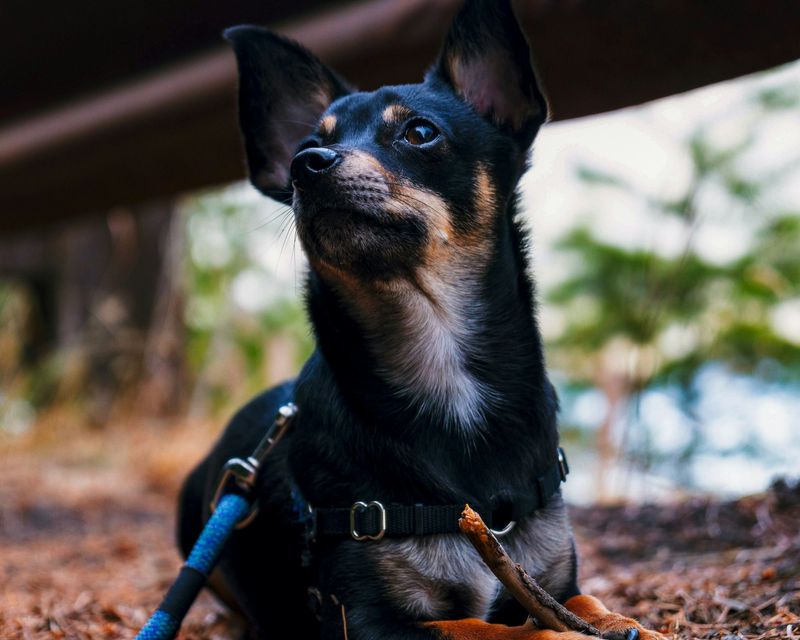
Tiny meets mighty in this concerning combination! The extreme size difference between parent breeds creates serious health risks for mother dogs during pregnancy and delivery.
Beyond breeding dangers, these mixes often have unpredictable adult sizes and temperaments. They frequently inherit the shepherd’s protective instincts without the physical size to back up their confidence, creating fearful-aggressive behaviors.
8. Greyhounds: Conflicting Instincts

Speed demons meet tactical thinkers! While both breeds are athletic, their fundamental working styles couldn’t be more different.
Greyhounds are sight hounds bred for independent bursts of speed, while shepherds are team-oriented herders that work closely with handlers. This mix creates dogs with conflicting instincts – should they chase prey or herd it? The internal confusion often leads to training challenges.
9. Pekingese: Coat Care Catastrophe
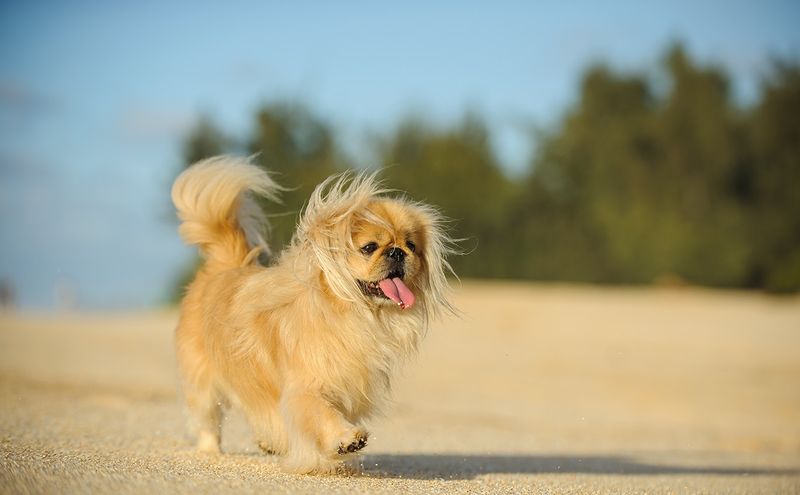
Fur overload alert! This unlikely pairing creates dogs with wildly impractical coat combinations that are neither functional like a shepherd’s nor properly decorative like a Pekingese’s.
The resulting mix often has thick double-coated sections alongside silky long-haired areas that mat easily. Beyond the grooming nightmare, these dogs typically suffer from heat intolerance and skin issues that require constant veterinary attention.
10. Bichon Frise: Training Frustrations
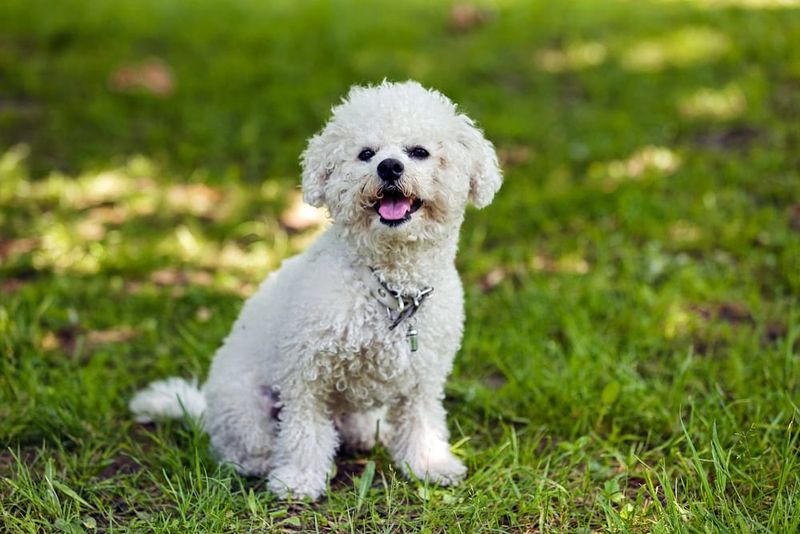
Working intelligence meets stubborn charm! German Shepherds thrive on consistent training and clear hierarchies, while Bichons are known for their independent, sometimes stubborn personalities.
This combination often creates dogs with the shepherd’s intelligence but the Bichon’s selective listening. They understand commands perfectly but choose when to follow them, creating frustrating training experiences that leave owners and dogs equally unhappy.
11. Chow Chows: Double Dominance Issues
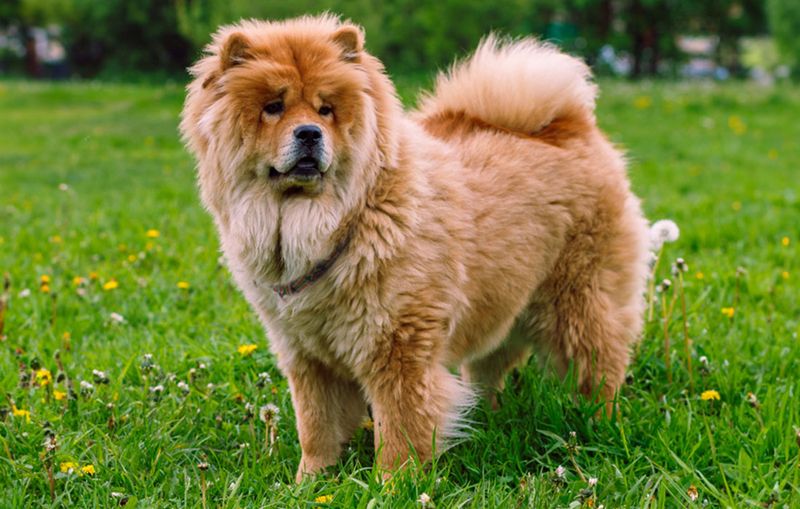
Two alpha personalities collide in this problematic pairing! Both German Shepherds and Chow Chows are naturally dominant, territorial breeds with strong guarding instincts.
When combined, these mixes often develop extreme territorial behaviors that are difficult to manage. Their independent nature makes training challenging, and they typically require experienced owners who understand dominant breed psychology.
12. Cavalier King Charles Spaniels: Heart Health Hazards
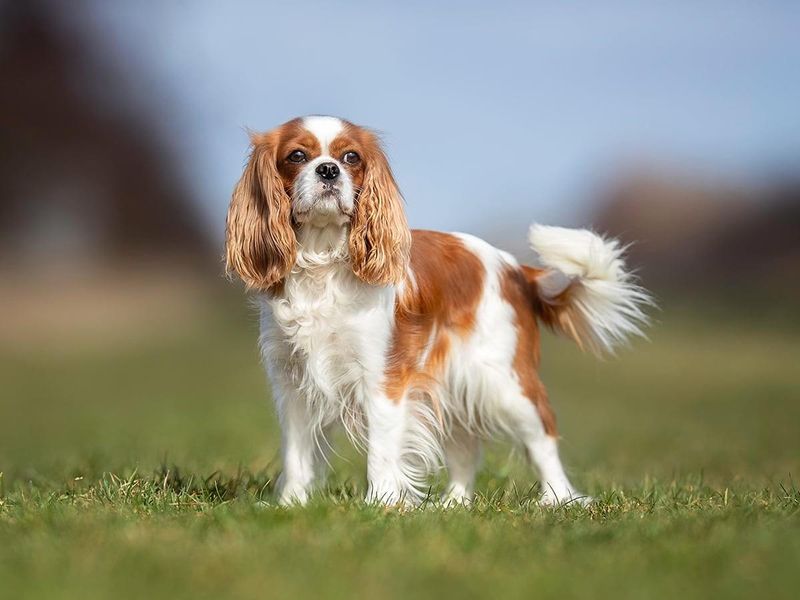
Sweet-natured but health-compromised! Cavaliers are notorious for inherited heart conditions, particularly mitral valve disease, affecting nearly all purebreds as they age.
Crossing with German Shepherds, who have their own set of genetic health concerns, creates puppies at high risk for both heart issues and hip dysplasia. This combination potentially doubles the health problems without gaining significant benefits.
13. Beagles: Noise Level Nightmares
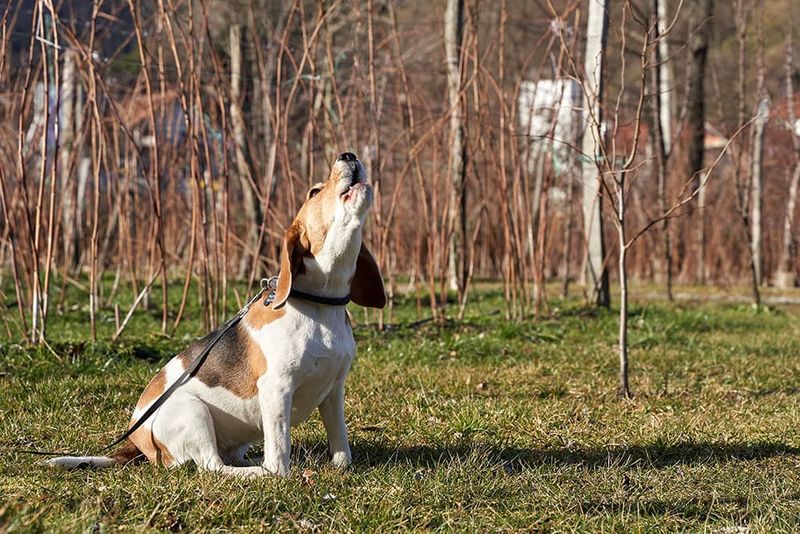
Hope you like a vocal household! Beagles are known for their distinctive howling and baying, while German Shepherds have their own repertoire of barks and vocalizations.
This mix creates extraordinarily vocal dogs that combine the shepherd’s alerting barks with the beagle’s melodious howls. Their competing hunting and herding instincts also create confusion during training, making them challenging pets for apartment dwellers.
14. Japanese Chin: Exercise Incompatibility

Lap dog luxury meets working dog endurance in this mismatched pairing! Japanese Chins were bred specifically as companion dogs with minimal exercise needs.
German Shepherds, conversely, require significant daily physical and mental stimulation. The resulting mix often experiences constant internal conflict between needing activity and physical limitations. This frustration frequently manifests as destructive behaviors when exercise needs aren’t properly met.

